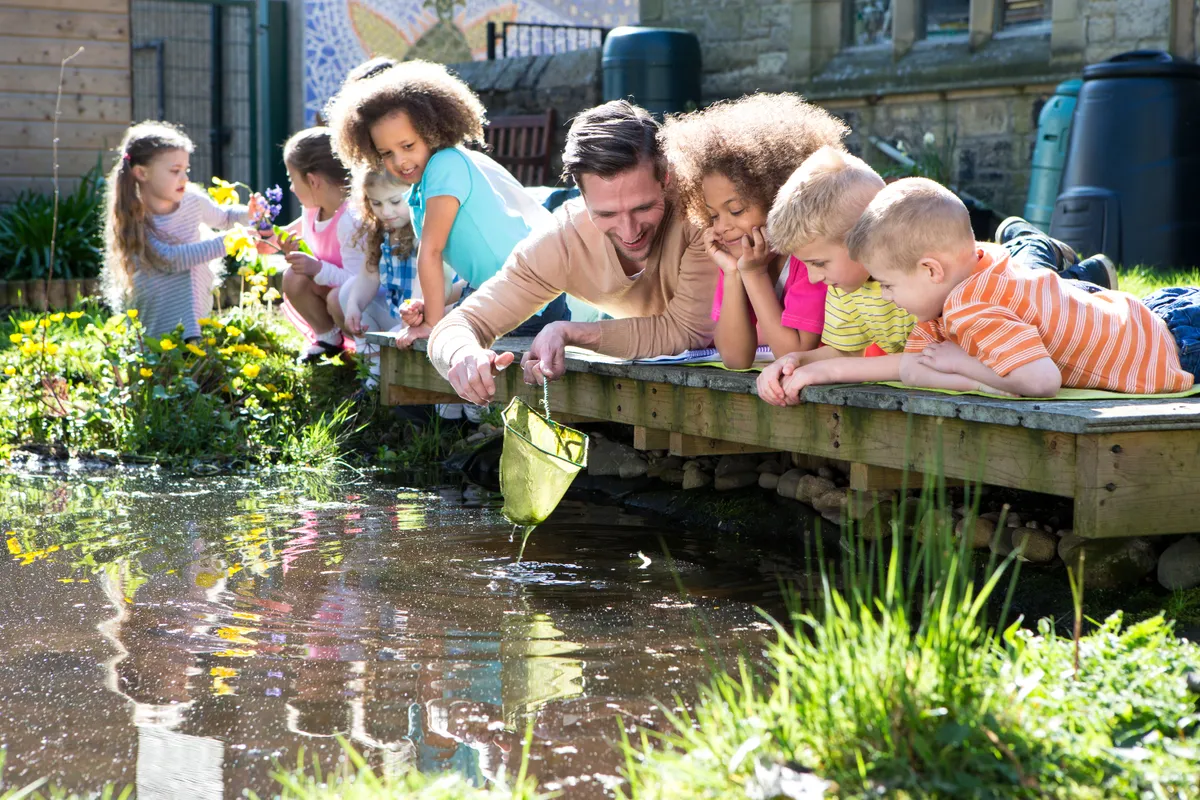A pond can transform the look and feel of your garden, and is a simple yet effective way to help wildlife. Creating a wildlife pond in your garden is surprisingly easy and even the tiniest garden pond can be a haven for your garden wildlife. A pond is particularly invaluable to many species during the hot summer months.
Our garden pond guide explains how to look after your pond and wildlife to spot.
What is a pond?
A pond is a man-made or natural water body which is between one metre squared and two hectares which holds water for four months of the year or more.
Pond facts
- Ponds have existed for millions of years and the animals and plants that rely on them have evolved perfectly to fill this niche.
- Human activity has led to a loss of ponds. About 2000-3000 years ago around one third of the UK was wetlands.
- Seasonal ponds are important as fish can’t survive in them. This allows amphibians and insects to breed and thrive.
- Ponds don’t need to be deep. In fact, many species are happiest in just a few centimetres of water.
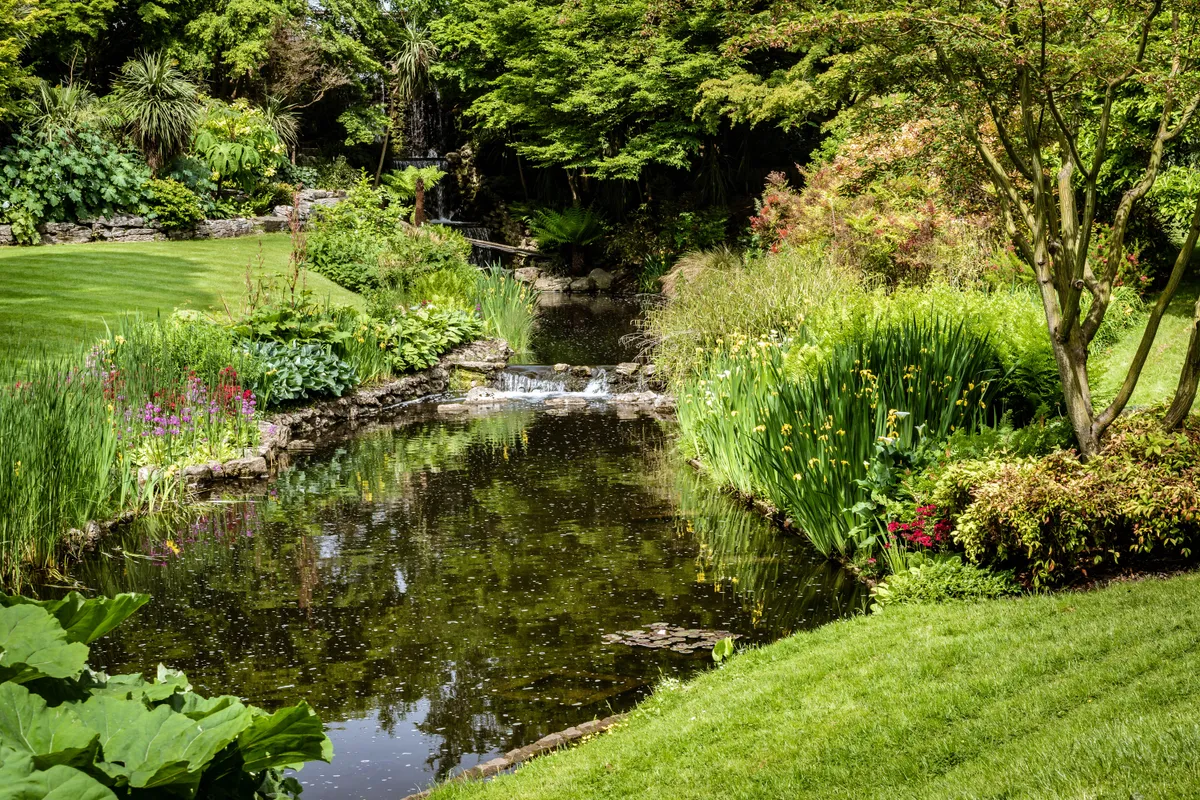
How to look after your garden pond
Let your pond level fluctuate with the weather
If possible it's best to let the water level in your pond fluctuate as the weather dictates. In a hot spell the level can drop alarmingly, but as long as there’s a deeper area that holds water all year, little harm will come to the wildlife in it.
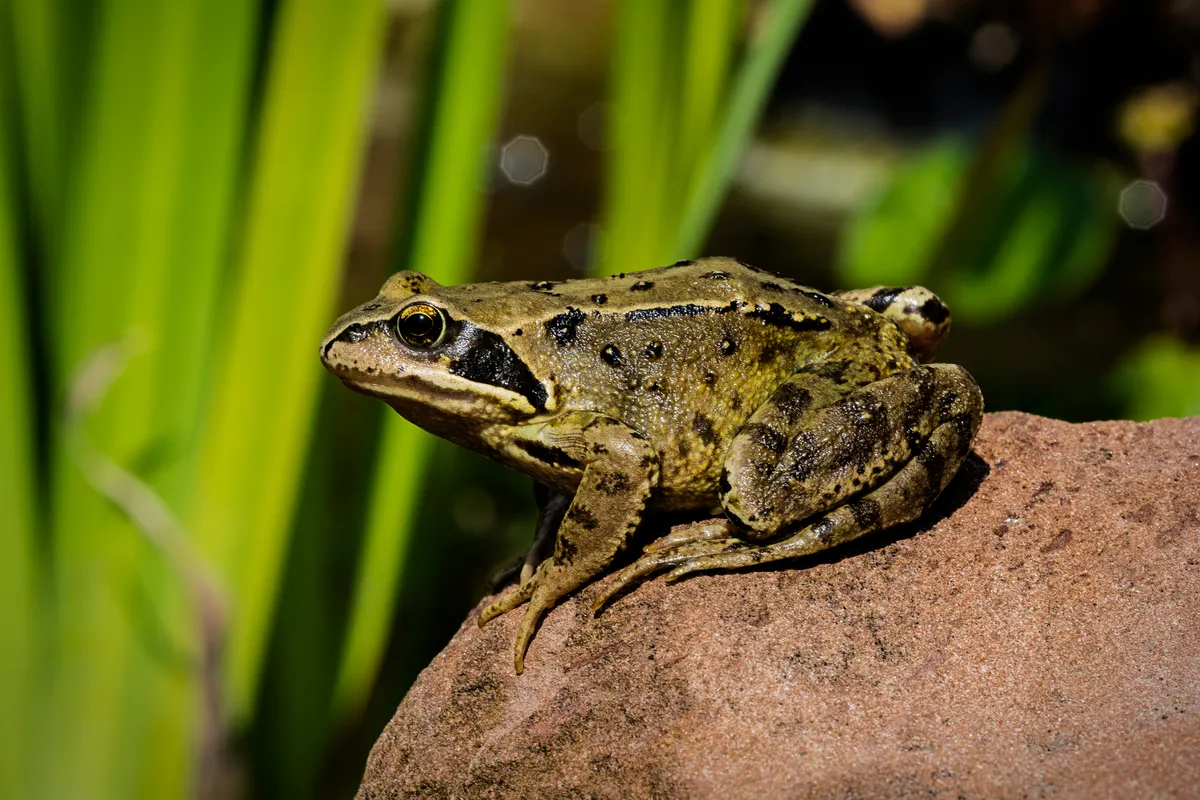
Install a water butt
Water butts really come in to their own in the summer months. They can fill up quickly from summer storms and make water available through dry spells. Filling a watering can by dunking it in a water butt is also much quicker than waiting at the tap. If you’re lucky with the levels in your garden, you can even use flexible pipe so that your water butt overflow ends up topping your pond – this way you’re unlikely to ever need to do it by hand. This is also a more environmentally-friendly way to water your garden plants.
Only use rainwater to top up your pond
If you can’t live with the sight of a drying pond, try to only use rainwater to fill your pond.
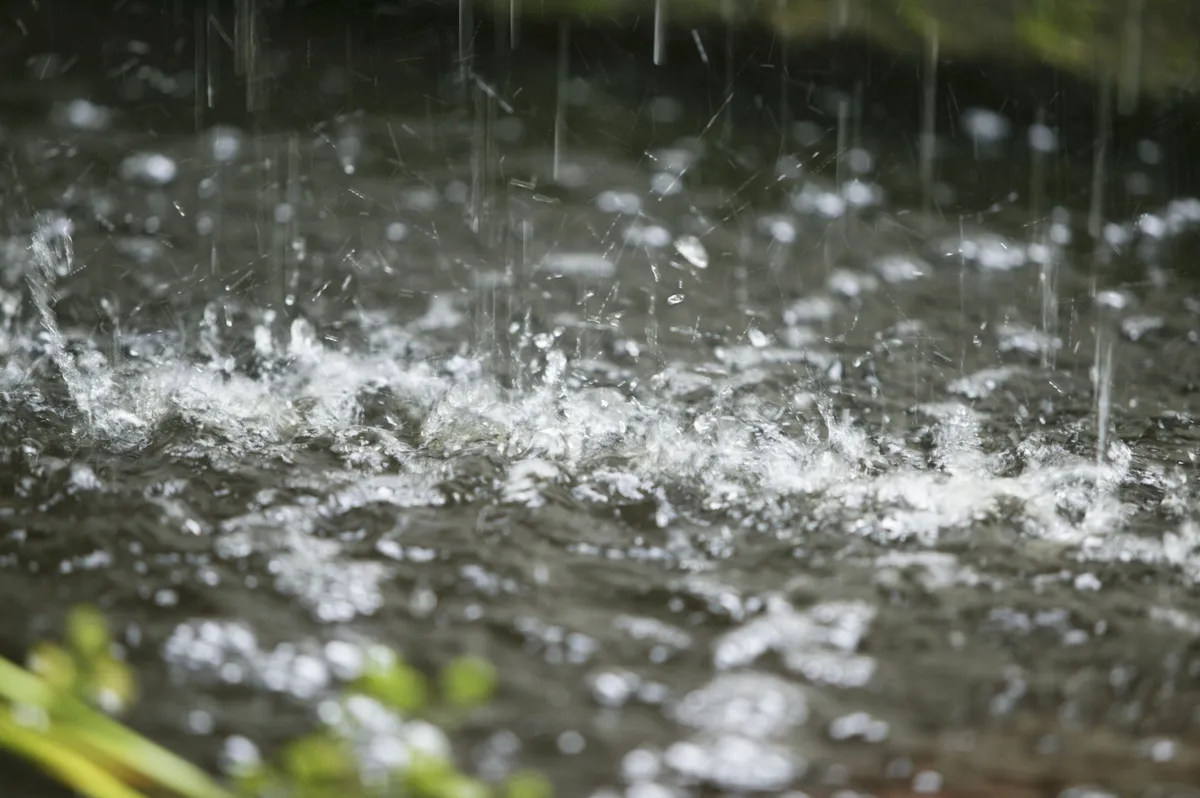
Collect seed from plants to raise new ones
If you need to expand your planting, there’s no better way of knowing where your plants have come from than raising them yourself. Collecting seeds from your existing plants is an environmentally-friendly way to build your pond plant collection.
Avoid non-native pond plants
Be careful when populating your pond with plants, as you may introduce species that aren't native to our shores and that can have disastrous effects on our own ecosystem.
Invasive plants don’t have any natural predators and they grow rapidly as a result. For example, floating pennywort can form a mat of green vegetation, spreading for up to 15m (50ft), in just one year.
Instead, buy water-friendly native plants such as water starwort (Callitriche stagnalis), hair grass (Eleocharis acicularis), water forget-me-not (Myosotis scorpioides) and greater spearwort (Ranunculus lingua).
How to identify freshwater pond wildlife
Summer is a time to leave your pond and its wildlife in peace. However, by looking at your pond at night, you might be surprised at what creatures come out when the sun goes down.
You’ll be surprised how much wildlife is attracted to your pond. Watching what appears can also be a nice study of how and why animals disperse. Ponds, whether natural or man-made, are transient and often isolated habitats and many animals are well adapted to seeking them out.
Water boatman (Corixa Punctata)
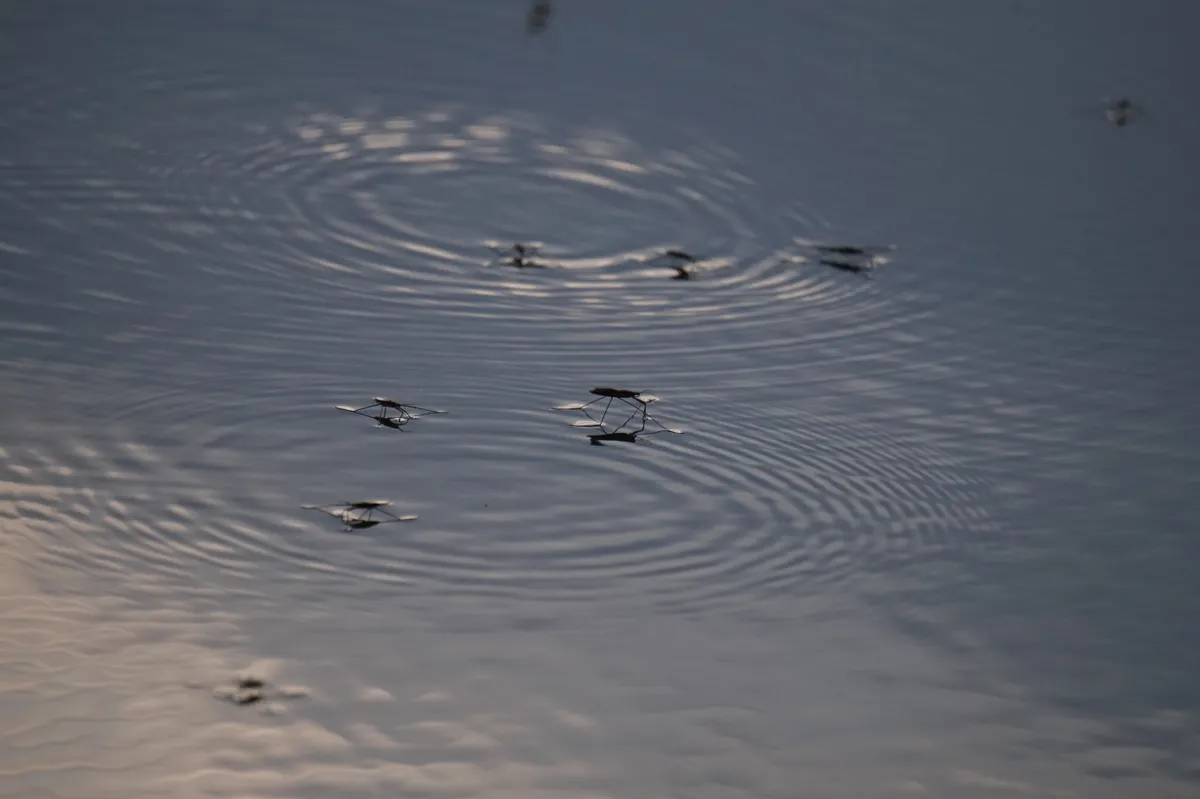
An aggressive 10–18mm-long bug that rows – using oar-like limbs – ‘upside down’ beneath the surface film waiting to snatch flies and other creatures that fall on to the water. If threatened, the water boatman dives deeply.
Water scorpion
Flattened, diamond-shaped predatory insect. It waits on banks or plants with the tip of its breathing tube above
the water surface and ambushes small creatures with its trap-like front legs.
Dragonfly and damselfly guide: common species in Britain, where to find and how to identify
Summer is a great time for spotting insects on the wing in the British countryside – our expert guide explains how to identify and where to find common dragonflies, damselflies and demoiselles species.
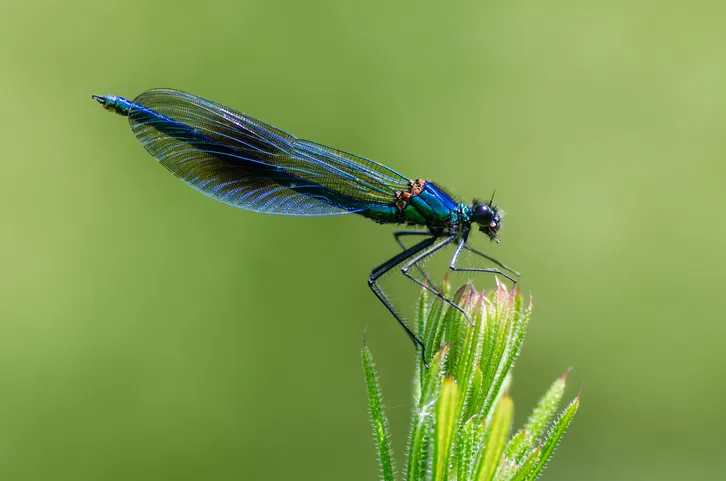
Dragonfly exuviae
Exuviae are the dried up ‘skins’ of dragonfly larvae that have emerged from your pond and metamorphosised into adult dragonflies. It’s a sure-fire way of knowing that dragonflies have bred successfully in your pond.
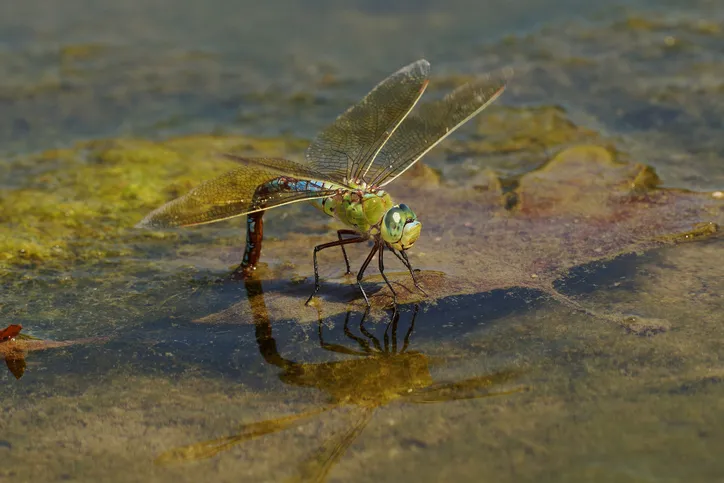
See our guide on how to identify freshwater pond wildlife
Endangered pond wildlife
Many of the UK’s natural ponds are in turmoil with numbers dramatically reduced or affected by pollution. This is bad news for species such as water beetles, newts and dragonflies that rely on fresh water sources to survive.
There are 80 pond species that are a national priority for conservation action under the UK Biodiversity Action Plan (BAP), here are some of the rarest.
Natterjack toad (Epidalea calamita)
It’s possibly easier to hear this toad than spot it as the male has a very loud croak which he loves to show off, especially after rain. Up to 7cm long, this toad is easily distinguished from other species by the yellow stripe down its back. Confined to mostly coastal areas as they live in sand dunes, heathland and salt marshes where they need shallow, warm pools to breed, they have relatively short limbs, so are poor swimmers and tend to run rather than hop. Rare in Britain and the only native toad in Ireland, the Natterjack toad is threatened through habitat loss and listed as Endangered.

Tadpole shrimp (Triops cancriformis)
The fantastic Tadpole shrimp is a living fossil that has remained unchanged in 220 million years. They resemble mini horseshoe crabs and reach up to 11cm long in the wild where they live in temporary pools. Feeding on small invertebrates, microscopic particles and plants which they dig up using their shield-like carapace, Tadpole shrimps are very sensitive to veterinary compounds released into water from livestock waste. They are restricted to just one pond in the New Forest and a handful of pools in southwest Scotland, so are classified as Endangered in the UK.
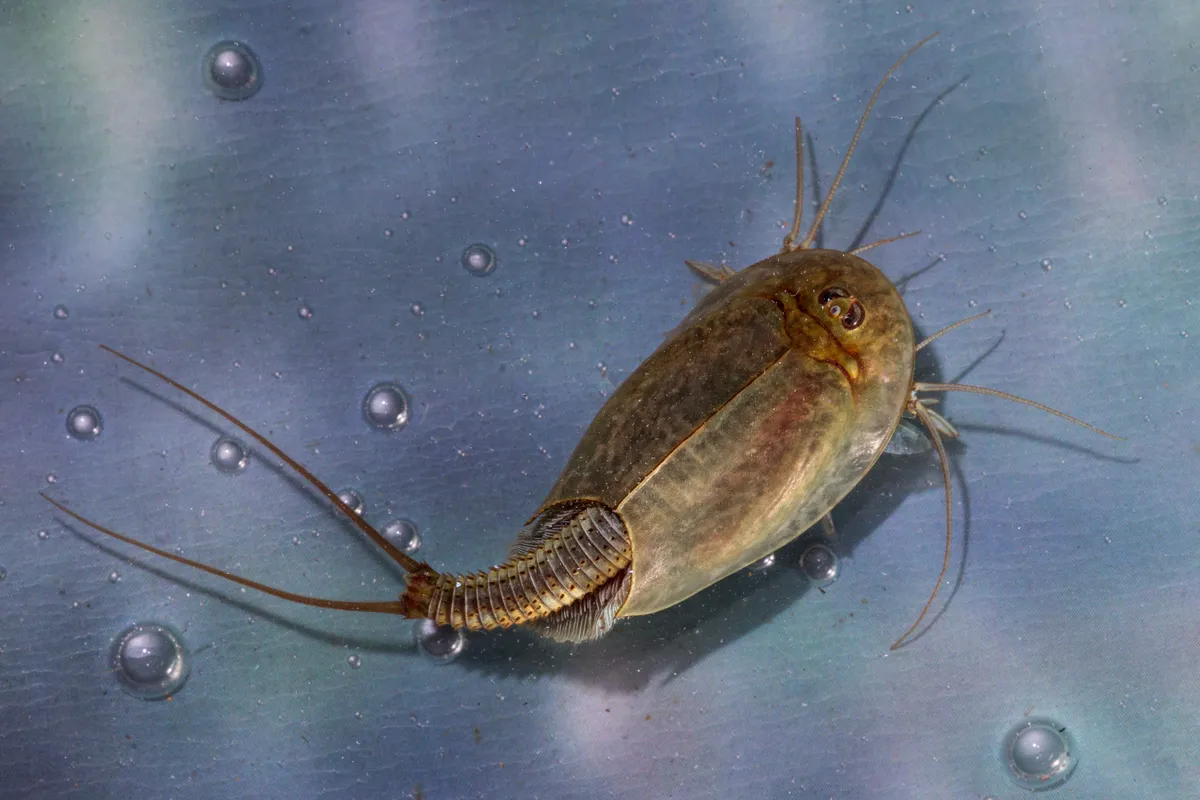
Brown galingale (Cyperus fuscus)
This plant reproduces quickly and can complete its entire lifecycle in just four months. Varying greatly in height, the Brown galingale is a small tufted sedge with tiny flowers that can exist in suspended animation in its seed form while waiting for appropriate conditions to arise. Listed as Vulnerable in the UK, it is threatened by loss and drainage of ponds.

Fairy shrimp (Chirocephalus diaphanous)
Like its namesake the Fairy shrimp is delicate, translucent and tiny (only 25mm long). Unlike fairies, they swim around on their backs feeding on microscopic organisms in temporary pools. Any disturbance from farm animals benefits them and they are tolerant of fluctuations, but are a favourite prey of fish. In the past, they existed through much of England but sadly their main habitats are considered unsightly and filled in. They are related to the highly popular “Sea Monkeys” pets of the 1960s and 70s.
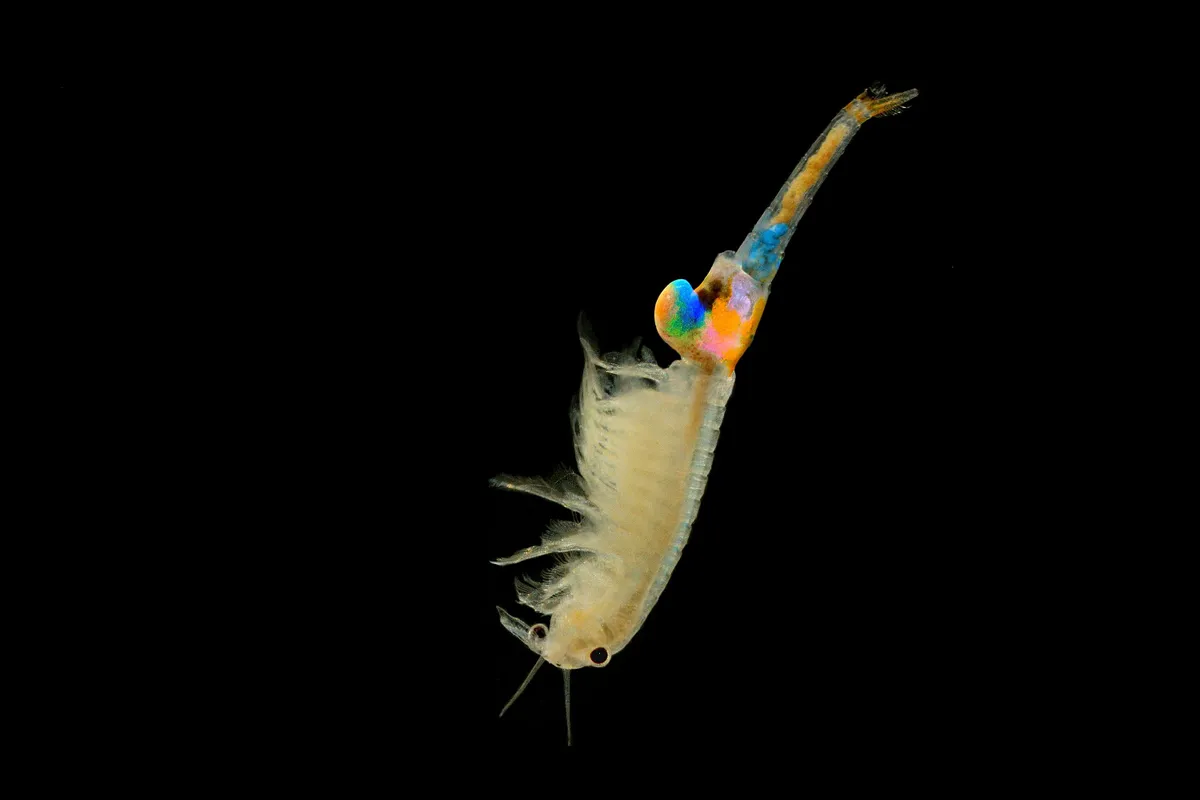
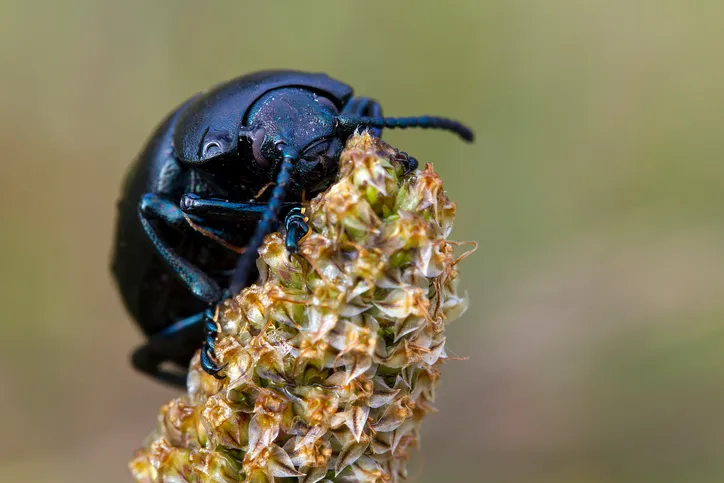
Lesser silver water beetle (Hydrochara caraboides)
Lesser silver water beetles are not terribly adapted to underwater life and are poor swimmers. The adults are up to 15mm long and are so-named because bubbles of air become trapped in tiny hairs on their underside causing a silvery appearance. They were widely distributed in the 19th century but have since declined and are now live in Cheshire and the Somerset Levels where they are classed as Endangered. The adults feed on decaying plant matter but the larvae are voracious predators of water snails.
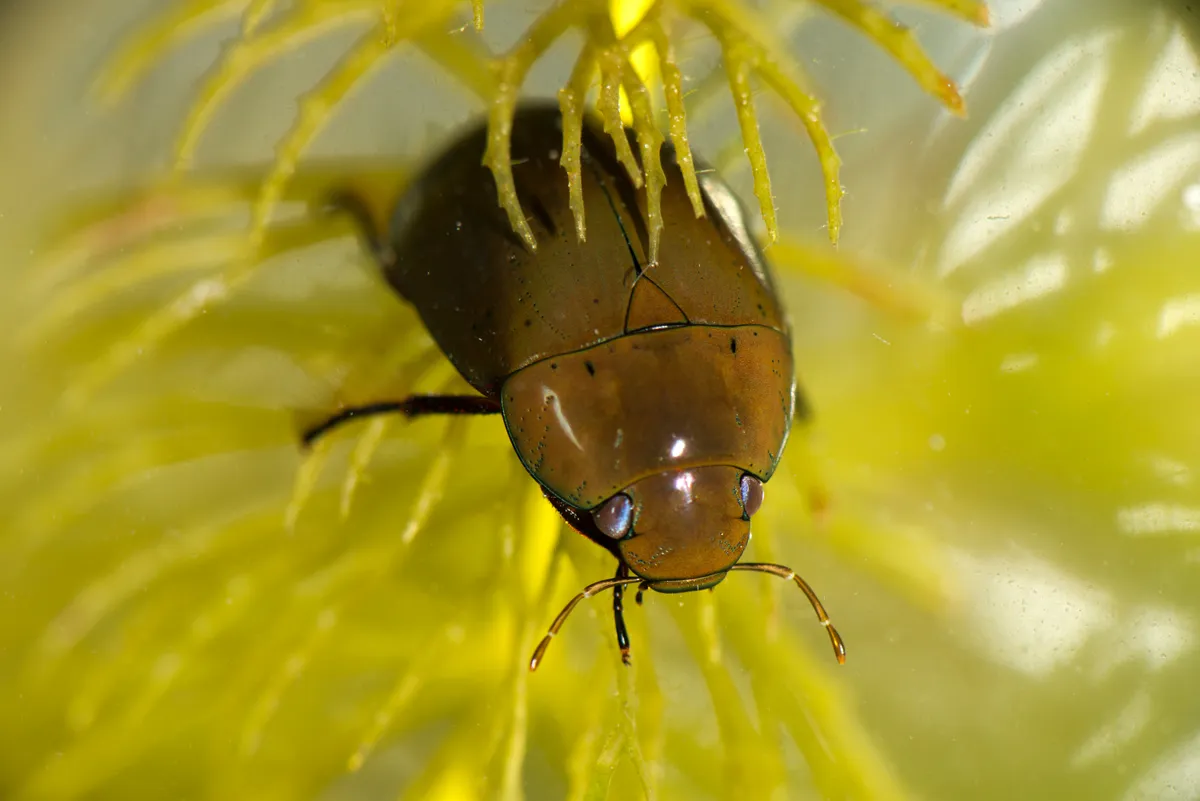
Three lobed water crowfoot (Ranunculus tripartitus)
This is the plant equivalent of a Royal Marine soldier. They cope best in difficult conditions where they are likely to become trodden on, squashed or grazed and do not like competition. They live in temporary, shallow water bodies, especially cart tracks near coastal strips. With a stem length of up to 60cm, this plant is a member of the buttercup family and the white flowers are held up from the water surface. They are listed as Vulnerable and threatened by a loss of its heathland habitat.
White-faced darter dragonfly (Leuchorrhinia dubia)
A favourite species to spot for insect enthusiasts, White-faced darters are small dark dragonflies that prefer cool conditions. They mainly exist in Scotland in deep lowland peatbogs where their colouration helps them to warm up quickly. The larvae live in Sphagnum (a moss species that occurs on the surface of a peat bog) and cannot exist in ponds with fish. These attractive dragonflies are threatened by habitat destruction, pollution and removal of Sphagnum.
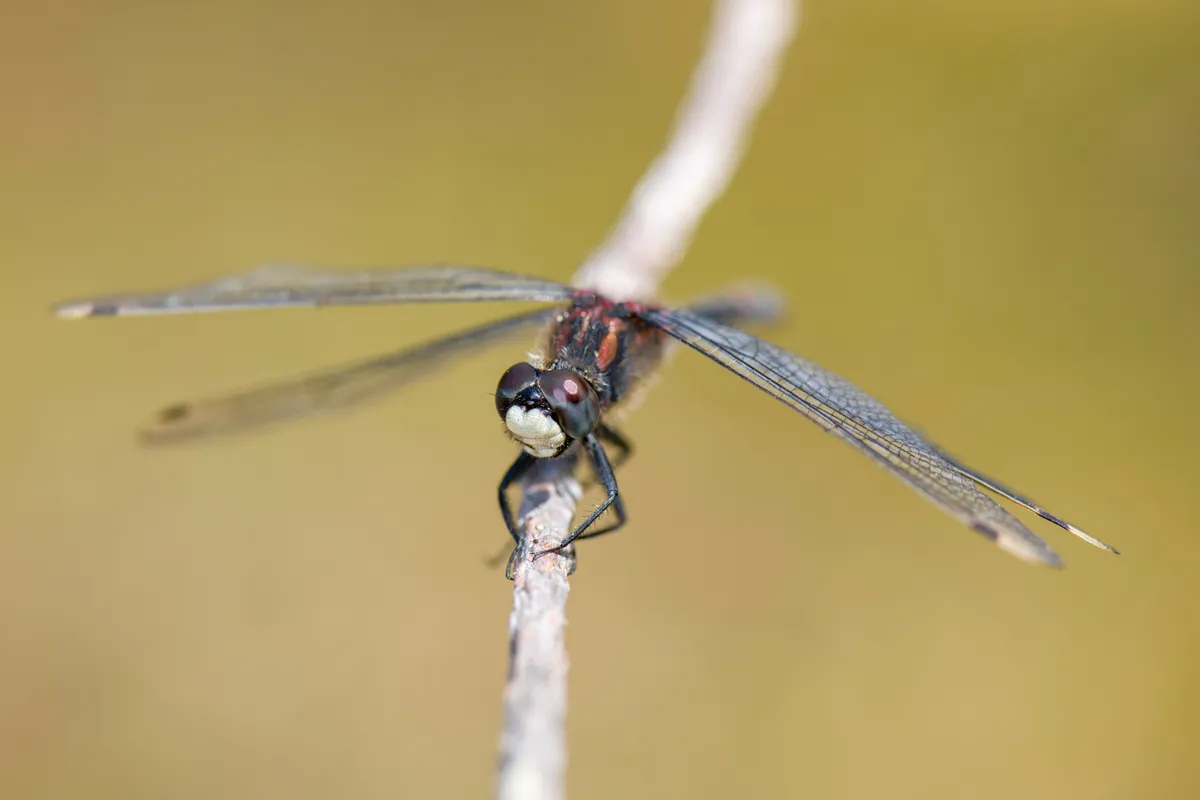
How to pond dip without disturbing wildlife
The occasional dip with a net into the pond won’t cause much harm, but try not to disturb the sediment, which will release nutrients into the pond, encouraging blanket weed growth. Empty the net into an old (but clean) washing up bowl or similar filled with an inch of water and see what life appears… and tip it all back in afterwards.
How to make a pond-dipping net
Discover an underwater world of insects, fish and strange-looking amphibians with your very own homemade fishing net.
